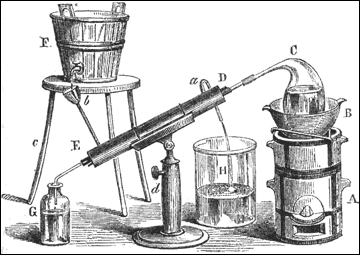
The Age of Wonder: How the Romantic Generation Discovered the Beauty and Terror of Science
by Richard Holmes, Pantheon, 552 pp., $40.00
The Age of Wonder means the period of sixty years between 1770 and 1830, commonly called the Romantic Age. It is most clearly defined as an age of poetry. As every English schoolchild of my generation learned, the Romantic Age had three major poets, Blake and Wordsworth and Coleridge, at the beginning, and three more major poets, Shelley and Keats and Byron, at the end. In literary style it is sharply different from the Classical Age before it (Dryden and Pope) and the Victorian Age after it (Tennyson and Browning). Looking at nature, Blake saw a vision of wildness:
Tyger, tyger, burning bright,Byron saw a vision of darkness:
In the forests of the night;
What immortal hand or eye,
Could frame thy fearful symmetry?
The bright sun was extinguish'd, and the stars
Did wander darkling in the eternal space,
Rayless, and pathless, and the icy earth
Swung blind and blackening in the moonless air....
and less grim, more mocking - but still critical, Byron writes in Don Juan)
This is the patent-age of new inventions
For killing bodies, and for saving souls,
All propagated with the best intentions;
For killing bodies, and for saving souls,
All propagated with the best intentions;
Sir Humphrey Davy's lantern, by which coals
Are safely mined for in the mode he mentions,
Timbuktoo travels, voyages to the Poles,
Are always to benefit mankind, as true,
Perhaps, as shooting them at Waterloo.
Are safely mined for in the mode he mentions,
Timbuktoo travels, voyages to the Poles,
Are always to benefit mankind, as true,
Perhaps, as shooting them at Waterloo.
The question that Byron raised, whether scientific advances and inventions truly benefit mankind, was answered dramatically in the negative by Victor Frankenstein, one of the most durable creations of the Age of Wonder. Mary Shelley, wife of the poet, was nineteen years old in 1817 when she wrote her novel Frankenstein, or the Modern Prometheus.
No comments:
Post a Comment